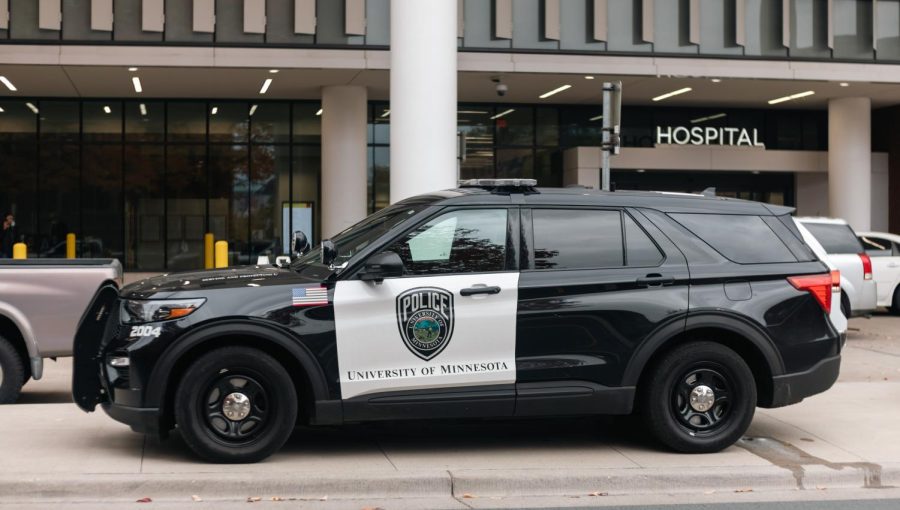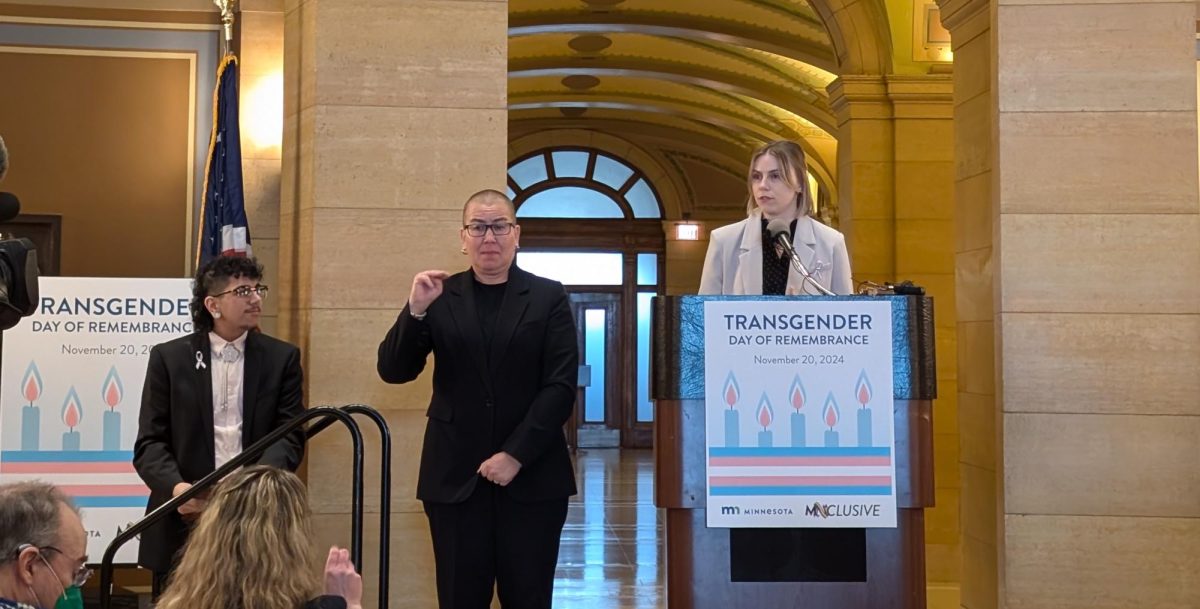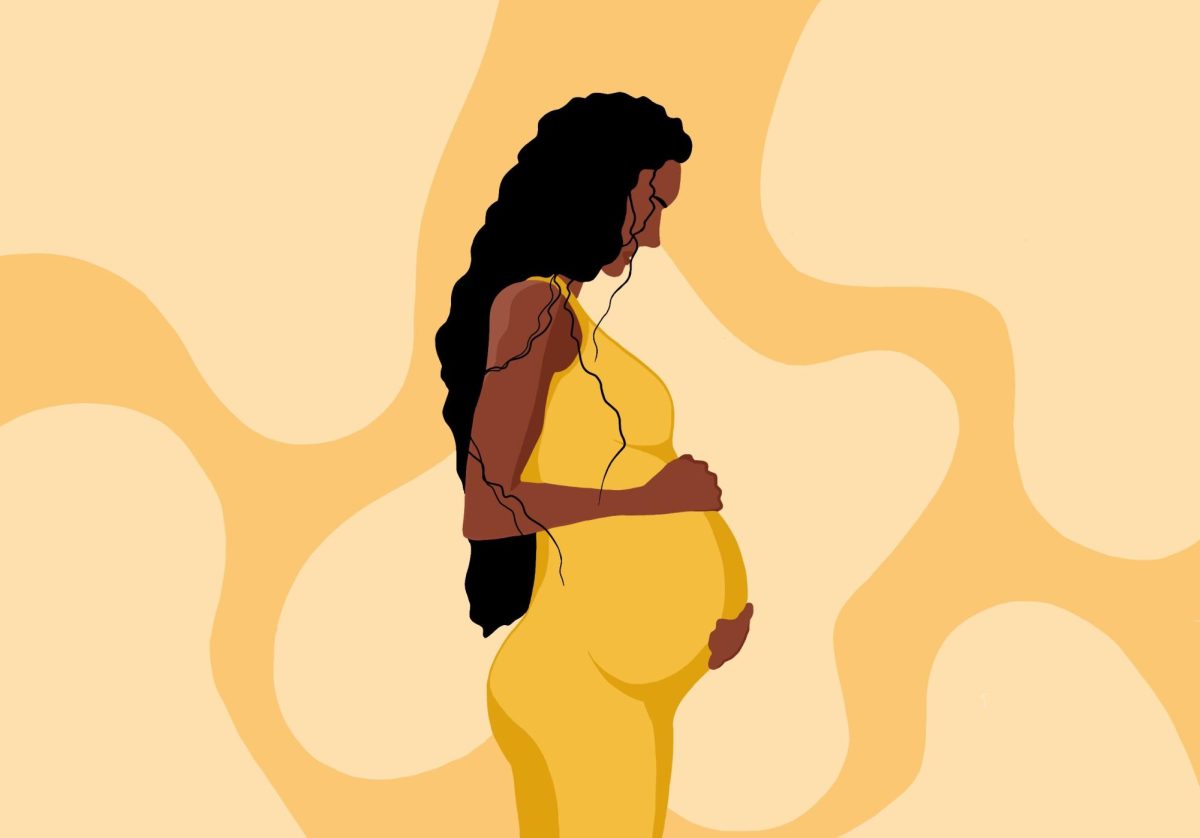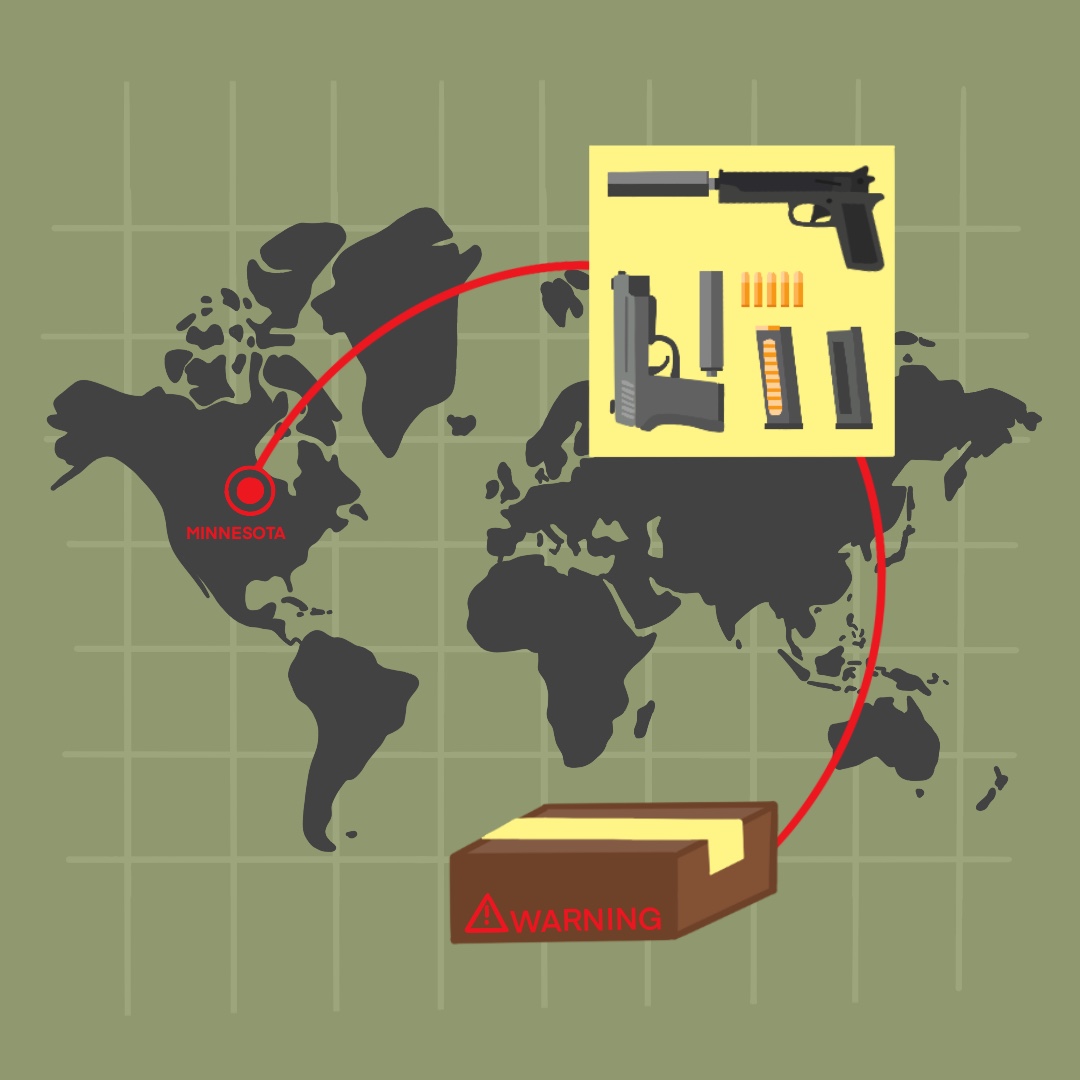The University of Minnesota Police Department (UMPD) has faced recent staffing challenges and was authorized to hire 16 more police officers last year to combat crime near campus.
There are currently 55 UMPD officers.
The most visible effect of staffing limitations is the number of UMPD officers available to conduct regular patrols on campus, Jake Ricker, University public relations director, said in an email to the Minnesota Daily.
“For a campus the size of our Twin Citie campus, both in terms of area and population, UMPD would prefer to have more officers available for scheduled patrols,” Ricker said.
As of 2021, the University had the highest ratio of students to officers compared to any other Big Ten school, according to the January 2021 policing final report.
UMPD staffing shortages
To counteract staffing shortages, UMPD has added incentives for new hires and retention bonuses for existing UMPD officers starting 2022.
“We are actively recruiting for these sworn officer positions, while also adding community services officers, University Security staff and others to support our collective public safety efforts,” Ricker said.
Minimum qualifications for UMPD officers are a two- or four-year degree from an education program certified by the Minnesota Peace Officer Standards and Training (POST) Board and a valid U.S. driver’s license with a good driving record. They must be eligible for or licensed as a peace officer by the Minnesota POST Board, according to the University Department of Public Safety (DPS) website.
UMPD officers undergo a pre-employment background investigation, psychological exam and fitness for duty exam.
Starting pay for a University police officer is $67,433 each year plus a hiring bonus of $5,000 installed over 12 months, according to DPS’ website. After three years of service, officers receive $96,449 annually.
UMPD has jurisdiction on the Minneapolis and St. Paul campuses in addition to a few surrounding areas. The University’s clery boundary provides a good approximation of where UMPD has authority; city police departments cover areas outside UMPD’s jurisdiction, Ricker said.
The number of calls officers respond to varies day-to-day, but UMPD receives on average of 20,000 calls for service every year, according to Ricker. For most reports received by UMPD, arresting someone is not a needed or appropriate resolution, he said.
The rate of crime has decreased
Brian Peck, who started the Campus Safety Coalition, a nonprofit organization, said crime decreased by 13 percentage points this year compared to last year.
Peck said he sits on the University Strategic Safety Advisory Committee, started by President Joan Gabel last summer, and has been “very involved with putting pressure on the University to make [campus] safer.”
Though crime is down from last year, it is still up from the University’s 2019 baseline, according to Peck. At the University and surrounding neighborhoods, 140 crimes were reported per month in 2023, compared to 106 reported crimes in 2019.
The most common crimes were motor vehicle theft, representing 24% of crimes, property destruction and vandalism at 12%, theft from mother vehicles at 10%, theft of motor vehicle parts at 10% and burglary at 7%.
These crimes make up about 63% of all total crime at the University and its surrounding areas.
“Culture of safety” is a long-term solution to crime
A number of things have led to a decrease in crime, according to University officials.
The University created a systemwide position focused on equitable and inclusive practices in addition to hiring a social worker and a mental health officer this year. The University has also staffed 10 community service officers and 50 University security staff.
Peck said the rhetoric around police officers and policing has changed.
“We will never disagree that bad police officers need to be handled accordingly — we are trying to make people realize you can’t use generalizations,” Peck said.
Edgar Arriaga, the chair for the Campus Safety Committee, said a long-term solution to crime on campus is developing a “culture of safety” and changing how people look and perceive crime.
The committee will provide a statement to University administration in fall 2023 on the priorities to maintain a culture of safety, which will be divided into four parts including attitudes and opinions, infrastructure, values and behavior.
It’s not enough to say we have a police department walking around — people can take action themselves to feel safe, Arriaga said.
The University is utilizing a layered approach that invests in many different areas of safety to provide effective long-term solutions to reducing crime and responding effectively when it happens, Ricker said.
“No one initiative will fully deter crime,” Ricker said. “Building and maintaining sufficient staffing levels for all varieties of public safety personnel, including UMPD sworn officers, is a necessary component to any successful strategy for reducing crime.”














Nah
May 7, 2023 at 3:10 pm
Maybe they could do something about the Somilias beating and robbing people in dinkytown.
Something I doubt will be mentioned at all by this outlet.